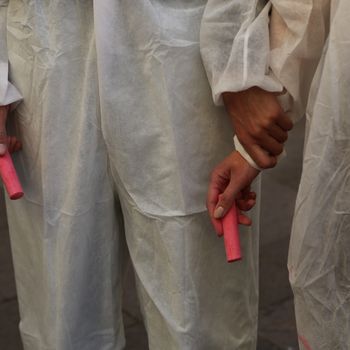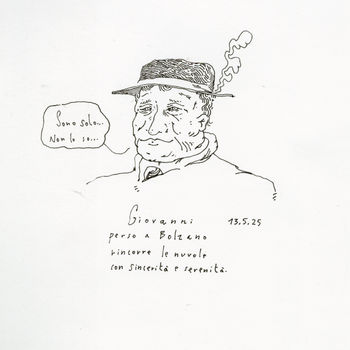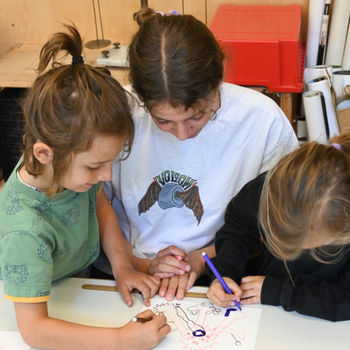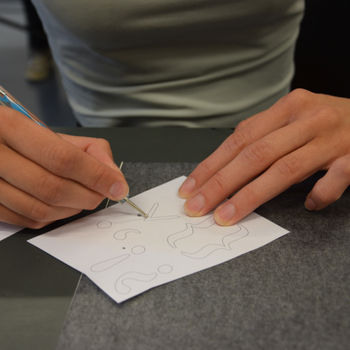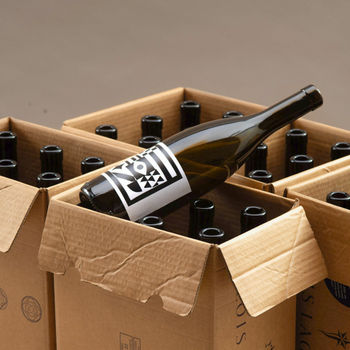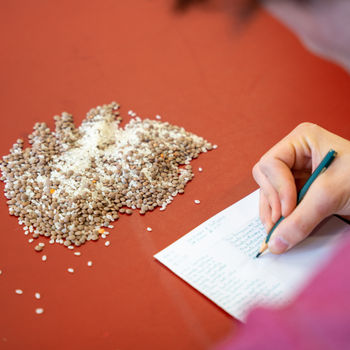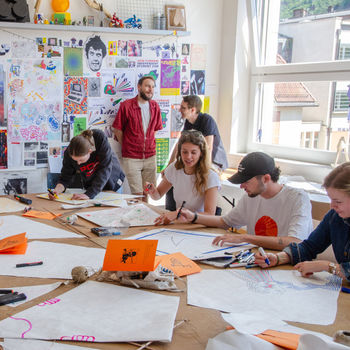
What’s the Assignment?
In march 2025, eighteen students signed up for our semester project in Visual Communication at the Faculty of Design at the University of Bolzano, mysteriously titled What’s the Assignment? The stated goals: learning by doing, learn from each other, learn how to learn.
We laid out five initial assignments. They covered branding and storytelling, photography, self-improvement through concentration, label design, and modular composition. Each assignment came with a clear description that could not be changed after being presented, and always included a tight deadline of a couple of days to one week. Students used all sorts of design tools—but mainly their hands, and occasionally new digital tools—to develop and share work. Weekly reviews—30 to 60 minute-long sessions of feedback with the whole team—kept us challenged, as we developed each new assignment with the week’s feedback in mind. There was no ‚critique‘, as is often the case in university courses; instead, it was the creative process itself that was discussed, and the learning students could gain from participating.
My colleague Andreas Trenker enriched the semester with workshops on new tools: open-source software, animation, 3D scanning — complex tools broken down into smaller bits for students to follow. The message: tools don’t intimidate; they enable. Students learnt how to integrate digital experimentation into their future creative practice. Stephan Schmidt-Wulffen gave lectures on the epistemic aspects and the history of assignments—from Fluxus to conceptual art. Students could draw direct lines from historical precedents to their own work. And discussed the ‚wicked problems‘ of their practice.
Halfway through, the roles changed. Students devised their own assignments for the whole group. These assignments ranged from participatory group performances to carving self-portraits to typographic experimentation. Each group wrote a brief, set deadlines, and challenged the entire class to take part in their assignment workshop. Roles shifted from student to instructor.
I imagine this to be a blueprint for a new studio model—where learning, designing and teaching are inseparable. Drawn to the Edge documents the first examples: the briefs, the settings, the workshops, the resulting work, and the weekly debates. It proves that in a field defined by rapid change, the best preparation is the skill to learn.
Thomas Kronbichler
